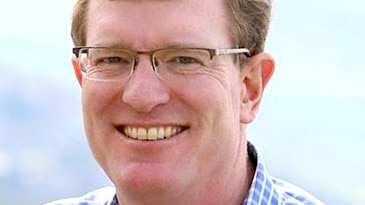Backlash brews on school funding
Looming funding cuts for more than 160 non-government schools are shaping as a potential election headache for the Morrison government.

Looming funding cuts for more than 160 non-government schools are shaping as a potential election headache for the Morrison government, as it faces accusations that its new financing model has unwittingly created “winners and losers”.
Focus group interviews conducted in six marginal electorates across the eastern states have revealed substantial voter anxiety about the potential for rising education costs, exacerbated in the aftermath of the pandemic.
Participants were highly critical of the new funding model, which assigns each school with a Direct Measure of Income (DMI) score based on the median income of students’ families, replacing the previous location-based SES score.
The change, to take effect from 2022, is poised to disproportionately impact regional and outer-metropolitan independent schools, many of which have been assigned DMI scores higher than their SES scores.
As a result, regional independent schools are set to lose an average $760 per student in annual funding compared to $287 per student for metropolitan schools, according to analysis by the Coalition of Outer-Metropolitan and Inner-Regional Schools Australia (COMIRSA).
In contrast, some of the nation’s wealthiest inner-city schools will retain funding despite their increased scores as schools with a DMI of 125 or higher are already on the lowest funding rate. Mosman Church of England Preparatory School saw its SES score of 131 rise to a DMI of 171 with no loss of funding.
“[Voters] are particularly sensitive to the idea that wealthy, elite schools are protected from the cuts under the new model — leaving aspirational middle-class parents, like them, to carry the burden,” says a focus groups report. “Participants readily perceive a funding model that will result in ‘winners and losers’.”
The focus groups were conducted by RedBridge Group on behalf of an independent school in regional Victoria, targeting voters in Chisholm, Bass, Lilley, Macquarie, Lindsay and Greenway. Participants all had children attending private schools and identified as “soft” Liberal or “soft” Labor voters.
RedBridge director Simon Welsh said many participants were pessimistic about the economic outlook and whether their children would be able to compete for future jobs, causing many to attach a “higher premium” to their education.
The report warns of a “real vulnerability to a grassroots campaign” over the issue.
COMIRSA’s Bruce Simons said 164 outer-metropolitan and regional schools faced a combined loss of $181m a year, which would force schools to raise fees as well as cut staff and programs to make up the shortfall.
He said the group was working closely with Regional Education Minister Andrew Gee to find a “reasonable solution” and “greater funding certainty” for schools.
Mr Gee did not respond to a request for comment.



To join the conversation, please log in. Don't have an account? Register
Join the conversation, you are commenting as Logout